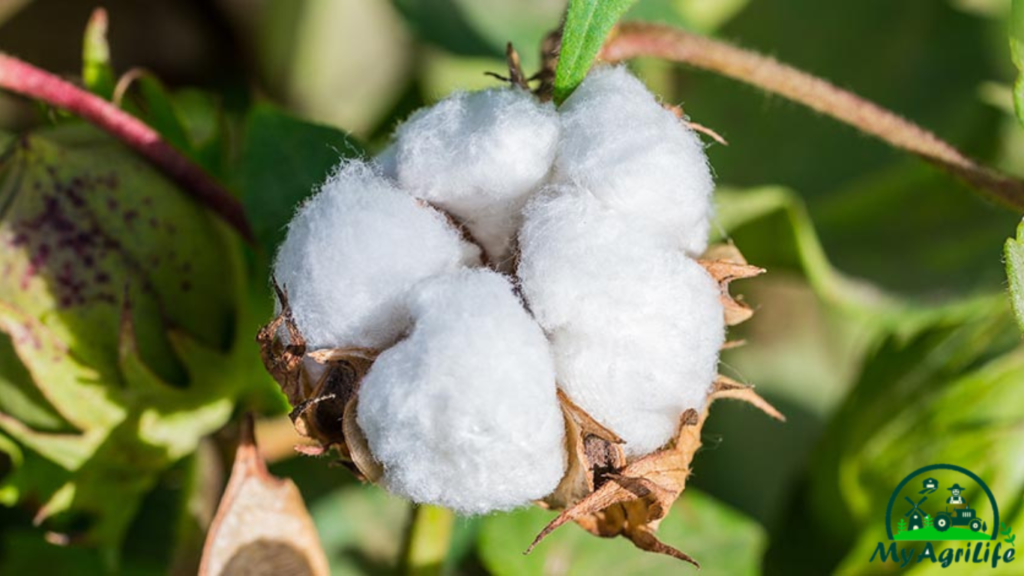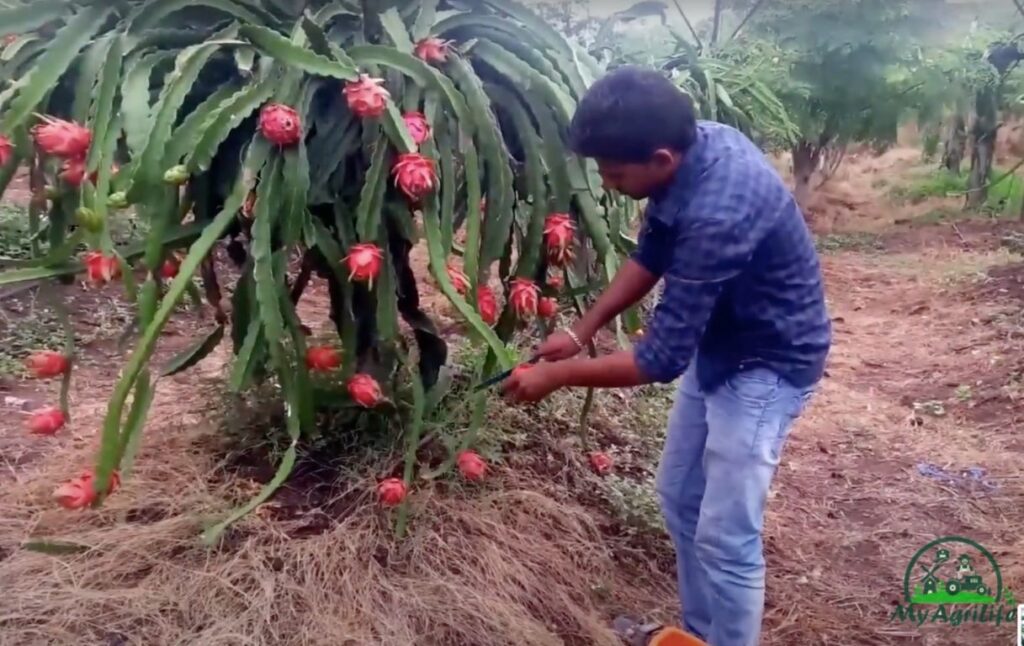
Sugarcane, also known as Ganna in Hindi, is a tall perennial grass that belongs to the genus Saccharum. It is a popular crop that is widely cultivated in tropical and subtropical regions around the world, including India, Brazil, China, and Thailand.
Sugarcane is primarily grown for the production of sugar, which is extracted from the juice of the cane. The juice is extracted by crushing the sugarcane stalks, and then the juice is boiled and evaporated to produce sugar crystals. In addition to sugar production, sugarcane is also used for the production of molasses, ethanol, and other by-products.
Sugarcane is an important crop for farmers as it provides a source of income and employment opportunities. However, sugarcane cultivation can also have negative impacts on the environment, such as soil erosion and depletion of water resources. Additionally, the use of pesticides and fertilizers in sugarcane cultivation can have harmful effects on the environment and human health.
Seed Specification Sugarcane
The seed specification of sugarcane can vary depending on the variety and the requirements of the farmer. However, in general, sugarcane seeds are actually sections of the sugarcane stalks that are cut into pieces and planted in the soil.
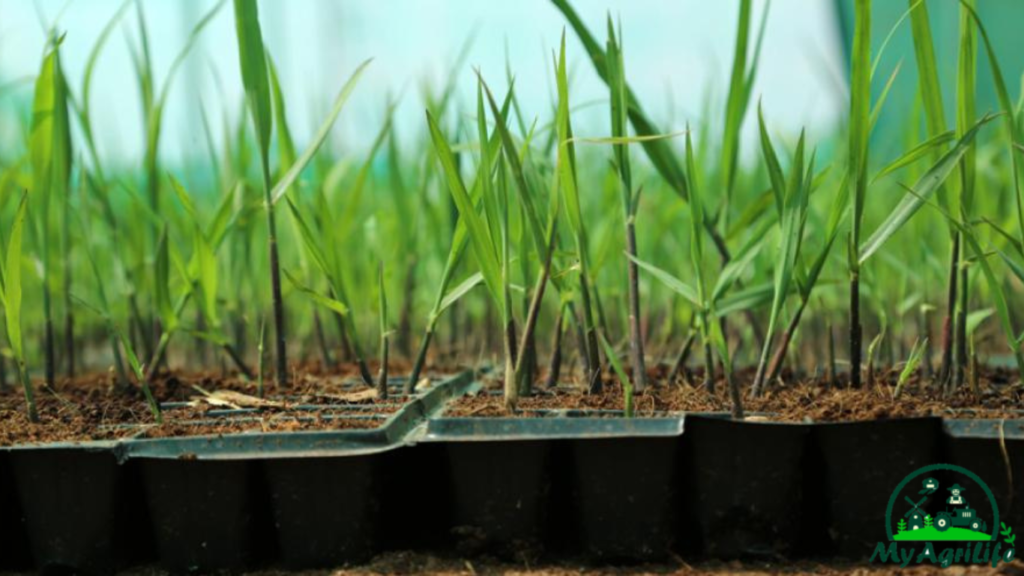
Some common specifications for sugarcane seeds include:
1.Length: Sugarcane seeds can range in length from 10-20 cm.
2.Diameter: Sugarcane seeds can have a diameter of around 2-3 cm.
3.Weight: Sugarcane seeds can weigh between 100-200 grams each.
4.Number of nodes: Sugarcane seeds should have at least one healthy node per seed piece for optimal growth.
5.Disease-free: Sugarcane seeds should be free from any disease or pest infestations to ensure healthy growth.
6.Maturity: Sugarcane seeds should be harvested from mature plants to ensure that they have sufficient nutrients and energy for growth.
It is important for farmers to select high-quality sugarcane seeds to ensure good yields and healthy crops. Additionally, farmers should follow recommended planting and management practices to ensure that the seeds have optimal conditions for growth.
Land Preparation & Soil Health Sugarcane
Land preparation and soil health are important factors in sugarcane cultivation. Here are some key points to keep in mind:
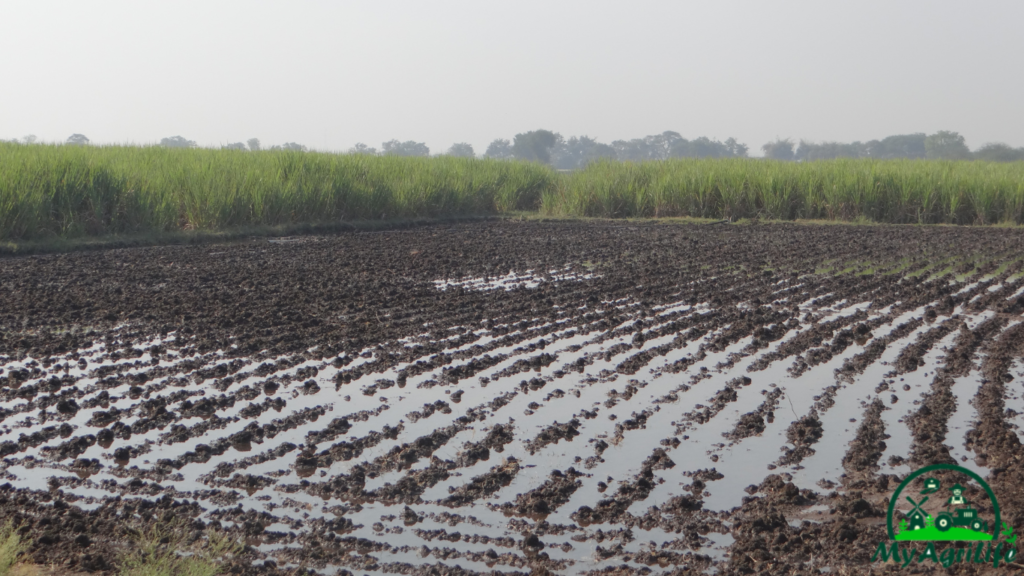
1.Soil Testing: Before planting sugarcane, it is important to test the soil to determine its nutrient content and pH level. This will help farmers to determine the types and amounts of fertilizers and soil amendments needed to achieve optimal soil health.
2.Land Clearing: Farmers should clear the land of any weeds, debris, or other obstructions before planting sugarcane. This will help to ensure that the soil is free of any competing plants or materials that could interfere with the growth of the sugarcane.
3.Tillage: Depending on the type of soil, farmers may need to till the land to break up any hard soil layers and improve soil structure. However, over-tillage can also harm soil health, so farmers should balance the need for soil preparation with the need to protect soil structure.
4.Soil Amendments: Based on the results of soil testing, farmers may need to apply soil amendments such as lime, organic matter, or other nutrients to improve soil health and fertility.
5.Crop Rotation: Crop rotation can help to maintain soil health and prevent the buildup of pests and diseases. Farmers should rotate sugarcane with other crops such as legumes, cereals, or vegetables to reduce the risk of soil-borne diseases and pests.
6.Irrigation: Adequate irrigation is important for sugarcane growth and health. Farmers should ensure that the soil has sufficient moisture throughout the growing season, but they should also avoid over-watering which can lead to waterlogging and soil degradation.
By following these practices, farmers can ensure that the soil is healthy and well-prepared for sugarcane cultivation, which can lead to higher yields and better crop quality.
Crop Spray & Fertilizer Specification Sugarcane
Crop spray and fertilizer specifications for sugarcane can vary depending on the specific variety, location, and soil type. However, here are some general guidelines:
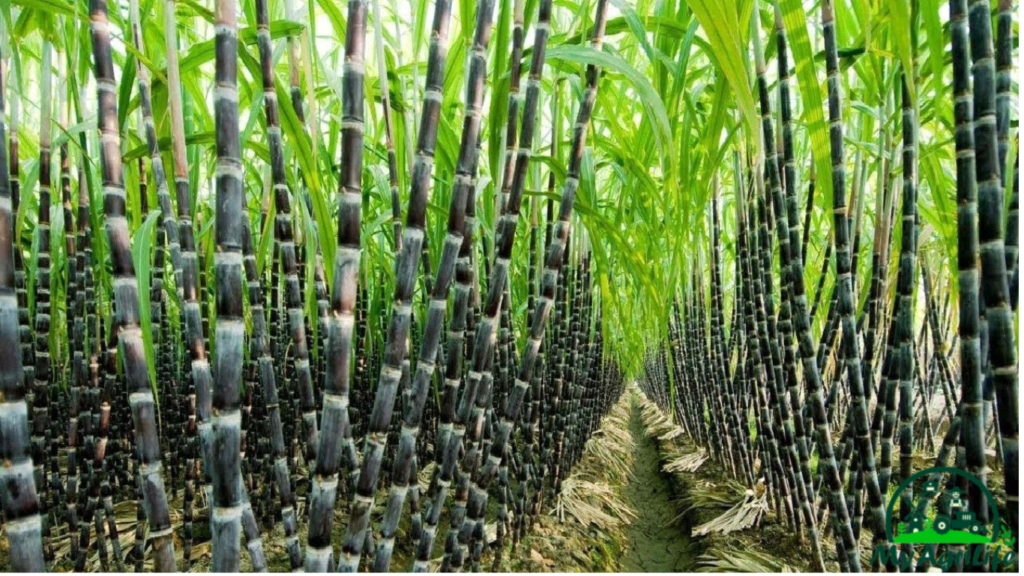
1.Crop Spray: Crop spray is important for controlling pests and diseases that can harm sugarcane crops. Farmers should follow recommended practices for pesticide application, including selecting the appropriate pesticide for the specific pest or disease, and following recommended dosage rates and application timings. Farmers should also follow safe handling and disposal practices for pesticides to protect human health and the environment.
2.Fertilizer Specification: Sugarcane requires a balanced mix of nitrogen, phosphorus, and potassium (NPK) fertilizers for optimal growth and yield. The fertilizer application rates and timing may vary depending on soil type, climate, and other factors. In general, sugarcane requires a higher dose of nitrogen compared to other nutrients. Potassium is also important for sugarcane growth, especially during the early stages of the crop’s development.
Some common specifications for sugarcane fertilizer application include:
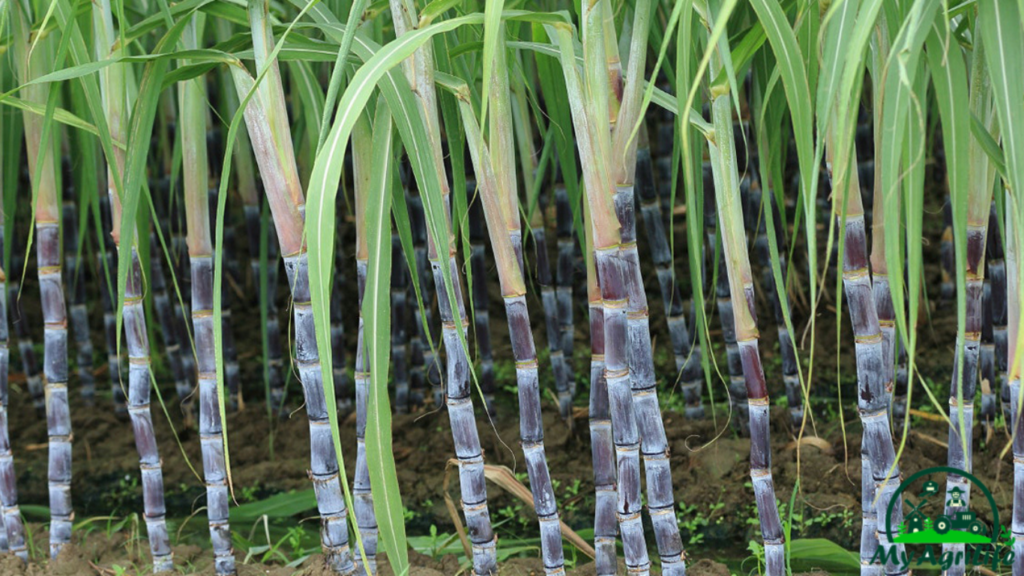
1.Nitrogen (N): 100-150 kg/ha
2.Phosphorus (P2O5): 50-75 kg/ha
3.Potassium (K2O): 75-100 kg/ha
It is important for farmers to follow recommended fertilizer application practices, including applying the fertilizers evenly, avoiding fertilizer burn, and minimizing the risk of fertilizer runoff or leaching.
Overall, by following appropriate crop spray and fertilizer application practices, farmers can promote healthy sugarcane growth and achieve higher yields and better crop quality.
Weeding & Irrigation Sugarcane
Weeding and irrigation are important factors in sugarcane cultivation. Here are some key points to keep in mind:
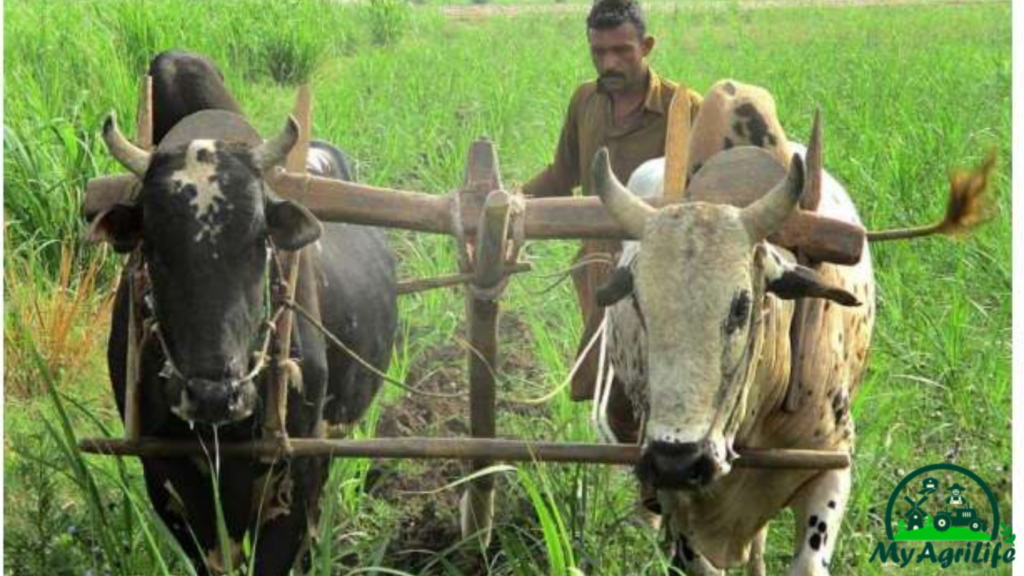
1.Weeding: Weeding is important to control weed growth that can compete with sugarcane for nutrients, water, and sunlight. The best time to weed sugarcane is during the early stages of growth when the crop is most vulnerable to weed competition. Weeding can be done manually or with the help of machinery. Farmers should avoid over-weeding, which can cause soil erosion and harm the crop’s root system.
2.Mulching: Mulching involves covering the soil surface with a layer of organic matter, such as straw or leaves. Mulching can help to control weed growth, retain moisture in the soil, and improve soil health.
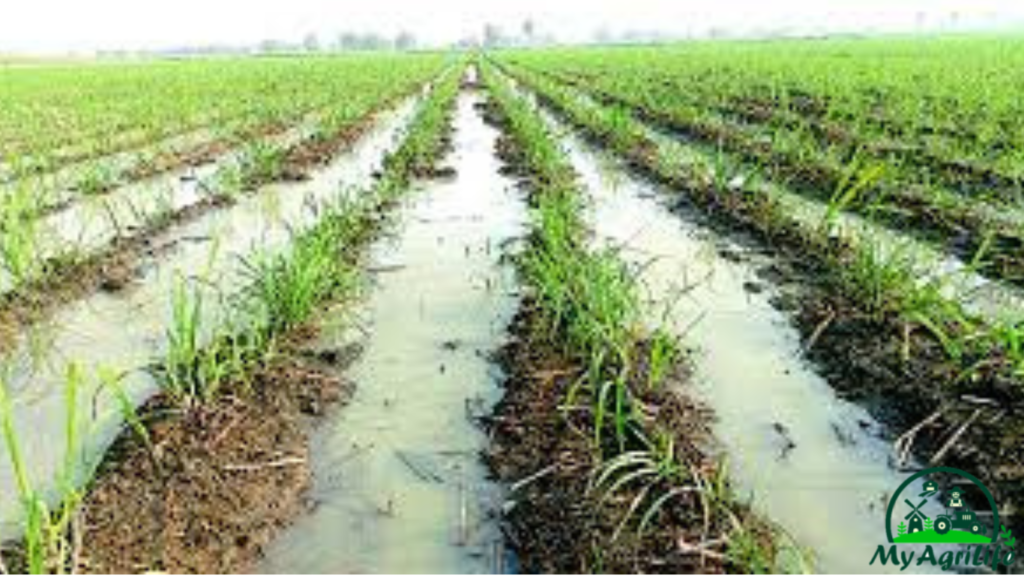
3.Irrigation: Sugarcane requires adequate irrigation to support healthy growth and development. The frequency and amount of irrigation will depend on factors such as soil type, climate, and rainfall. Irrigation should be done at regular intervals, taking care not to over-water the crop. Over-irrigation can lead to waterlogging, which can harm the crop’s root system.
4.Drip Irrigation: Drip irrigation is a good option for sugarcane cultivation, as it can deliver water directly to the crop’s root zone while minimizing water loss through evaporation. Drip irrigation can also reduce the risk of soil erosion and waterlogging.
5.Furrow Irrigation: Furrow irrigation involves creating furrows between the sugarcane rows and filling them with water. This method can be effective for delivering water to the crop’s root zone, but care should be taken to avoid over-irrigation.
By following appropriate weeding and irrigation practices, farmers can promote healthy sugarcane growth and achieve higher yields and better crop quality.
Harvesting & Storage Sugarcane
Harvesting and storage are important factors in sugarcane cultivation. Here are some key points to keep in mind:
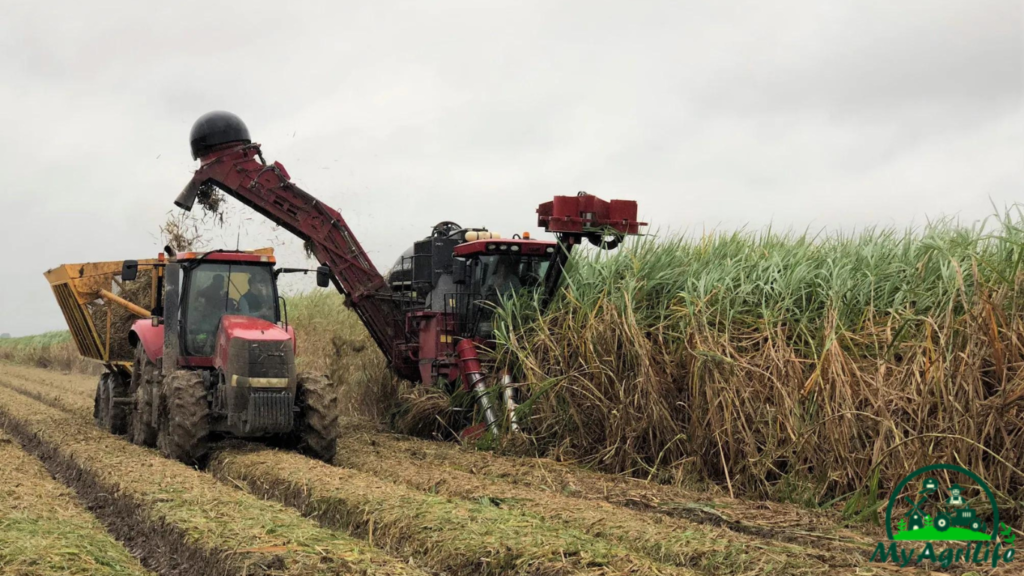
1.Harvesting: Sugarcane is typically harvested when it reaches maturity, which can vary depending on the specific variety and climate. Harvesting should be done carefully to avoid damaging the sugarcane stalks and minimizing losses due to broken stalks. Sugarcane can be harvested manually or with the help of machinery such as harvesters.
2.Cleaning: After harvesting, the sugarcane should be cleaned of any leaves, debris, or other materials that may be present. This will help to ensure that the sugarcane is free of any contaminants that could affect its quality or storage life.
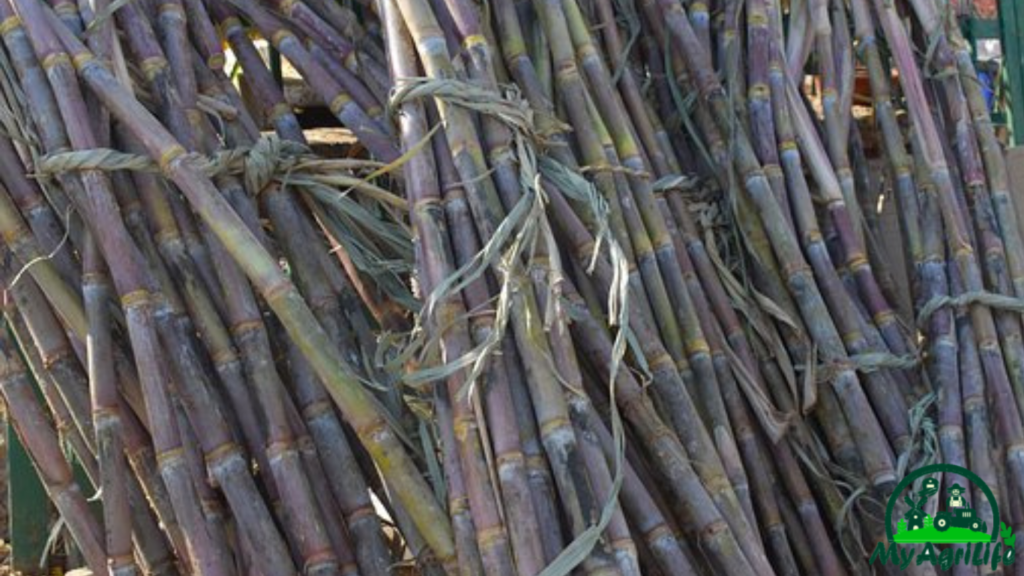
3.Storage: Sugarcane can be stored for a limited period of time before processing. The storage conditions should be cool, dry, and free of any pests or diseases. The sugarcane should be stored in a well-ventilated area to prevent moisture buildup and reduce the risk of fungal growth.
4.Processing: Sugarcane can be processed using a variety of methods, including crushing, pressing, or milling. The extracted juice can then be used to produce a variety of sugarcane products such as raw sugar, molasses, or ethanol.
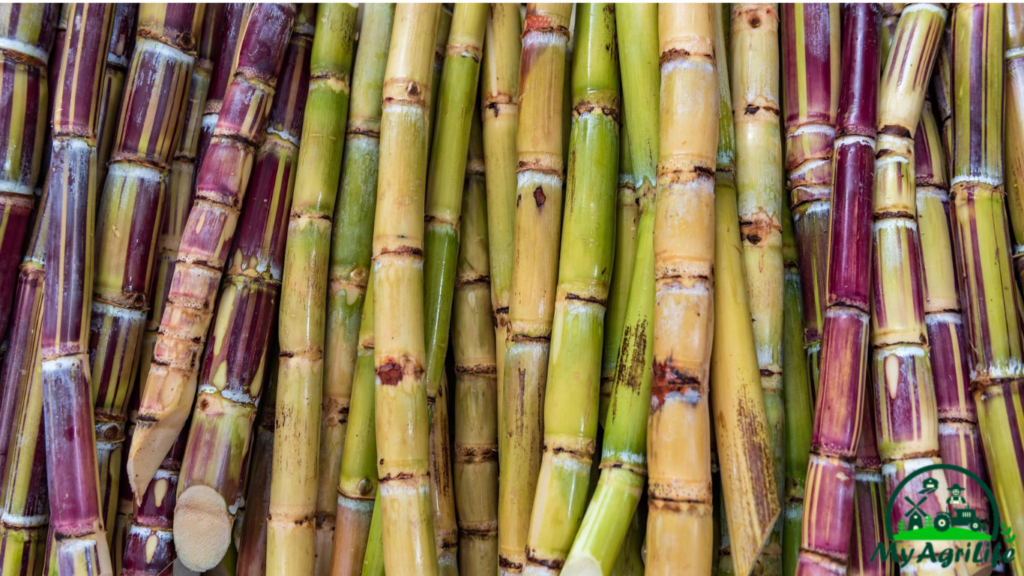
5.By-Products: Sugarcane by-products, such as bagasse and molasses, can be used for a variety of purposes such as animal feed, energy production, or industrial applications.
By following appropriate harvesting and storage practices, farmers can ensure that their sugarcane is of high quality and is well-preserved until it is processed or sold. This can help to maximize the value of the crop and promote sustainable sugarcane cultivation practices.
Conclusion
Sugarcane farming is an excellent option for farmers looking for a profitable and sustainable crop. It requires careful planning and management throughout the growing season, including land preparation, irrigation, weed control, and fertilizer application. Proper harvesting and storage techniques are also crucial for ensuring a high-quality crop. Sugarcane is a versatile crop that can be used to produce a variety of products, including sugar, ethanol, and molasses. Additionally, it has several health benefits and is a source of essential nutrients. Overall, sugarcane farming can be a lucrative and rewarding endeavor for farmers.








